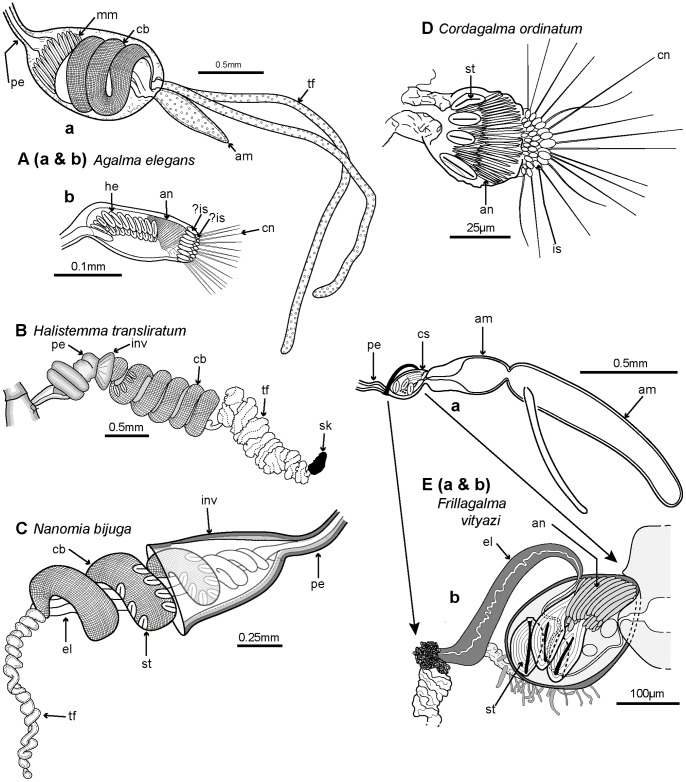Figure 13. Schematic representations of tentilla from more monoecious physonect siphonophores.
A: a: Agalma elegans (derived from pl. 7, fig. 17 [68]); b: Agalma elegans larval tentillum (derived from pl. 9, fig. 9 [147]); B: Halistemma transliratum (derived from fig. 7B [92]); C: Nanomia bijuga (derived from pl. 19, fig. 10 [34]); D: Cordagalma ordinatum (derived from pl. 3, fig. 7 [130] and pl. 15, fig. 12 [26]); E: a: Frillagalma vityazi (derived from fig. 6A [97]); b: cnidosac of F. vityazi tentillum (12a) enlarged (from fig. 7 [97]). Labels: am – ampulla; an – anisorhiza; cb – cnidoband; cn – cnidocil; cs – cnidosac; el – elastic strand; he – heteroneme; inv – involucrum; is – isorhiza (some questionable are labelled ?is); mm – microbasic mastigophore; pe – pedicel; sk – sinker; st – stenotele; tf – terminal filament.

